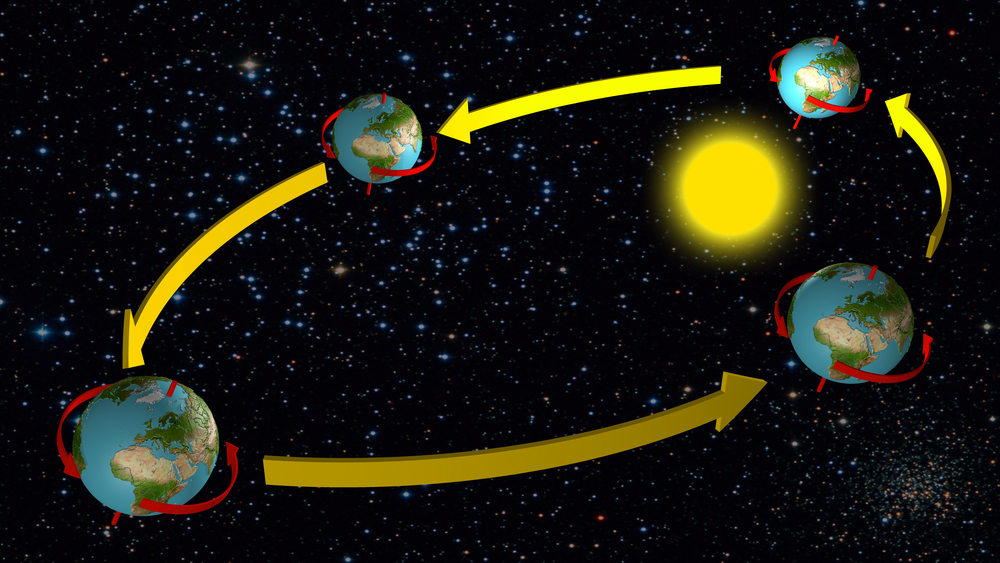
When our earliest ancestors looked up at the night sky over 200,000 years ago, what they saw was far different than what we see in modern times. The zodiac constellations that we know today were first named over 2,000 years ago by Greek astronomers. Their positions in our skies have shifted, via a process known as the precession of the equinoxes, but what does that mean for present-day astrology buffs? Have we been following the wrong astrological signs all along? The answer to this question requires a quick astronomy lesson plus some astrological history.
Our Wibbly-Wobbly Planet
Stars, star systems, and even galaxies don’t stay in the same place. Our universe has been continuously expanding since its beginning. Not only that, most planets and moon bodies rotate on axes and revolve around larger bodies: other planets, stars, or even invisible gravitational points.
You may already know that Earth’s axis has a slight tilt–23.5 degrees, to be exact. That tilt is measured from our planet’s orbital plane, but it doesn’t stay the same over thousands of years. NASA explains that our axial tilt varies over a 40,000-year cycle, shifting between 22.1 to 24.5 degrees. When that tilt’s angle increases, it causes seasonal temperature and weather extremes: colder winters and hotter summers. The colder extremes contribute to the formation of large ice sheets in the polar regions.
This axial tilt cycle causes another phenomenon: the precession of the equinoxes. The Encyclopedia Britannica describes how this precession occurs. Think of a perfectly straight vertical line drawn through the center of the Earth. That straight line is actually a 180-degree angle bisected by our planet’s ecliptic plane. Due to the Sun’s and Moon’s gravitational forces on our planet, its rotational axis orbits that imaginary vertical line. This is described as a “wobble effect,” with a full cycle taking 25,772 years to complete.
How Our Constellations Move
So if Earth’s rotational axis moves in a cyclical wobble, why is this called a “precession of the equinoxes”? Our celestial equator–onto which the zodiac is projected–intersects our ecliptic plane, causing it to tilt just like the axis. They intersect at two fixed equinox points, but they’ve been drifting westward in relation to our tropical zodiac.
Our modern tropical zodiac year is based on the positions of the constellations during the second century BC, when the Greek astronomer Hipparchus created his star catalog. He used a starting point of zero degrees in Aries, fixing it consistently to the vernal equinox on March 21 in the Northern Hemisphere. Except there’s one problem: the Sun is no longer in Aries on March 21 every year. The equinoxes’ westward drift causes those points to shift back one sign every 2,160 years. As a result, the spring equinox now takes place when the Sun is in Pisces.
Whose Stars Do We See in the Zodiac?
Back in 2017, LiveScience published a list of the zodiac signs’ new dates based on the Sun’s current path and the constellation’s relative positions. This caused a bit of a shakeup: some people’s signs stayed the same, while others saw theirs shift back one full sign. But was this any real cause for alarm? Astrodienst points out that our Western zodiac does not rely on these constellations’ fixed positions. Most Western astrologers use the tropical zodiac year as it was in Hipparchus’s time. So you can relax: you still have the same zodiac sign you’ve always known.
Astrology is one example of how science and belief can intersect. While it’s mostly regarded as a pseudoscience, its practices rely on astronomical information. Whether or not we believe in it, one thing is certain: its adaptability has given it continued relevance in modern times.

